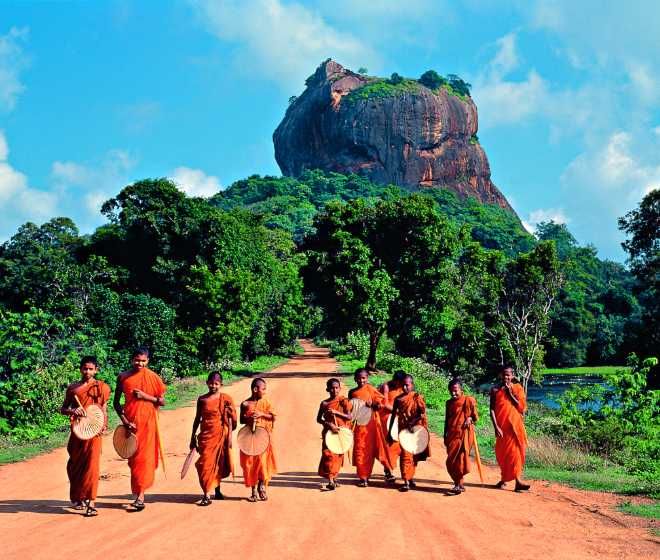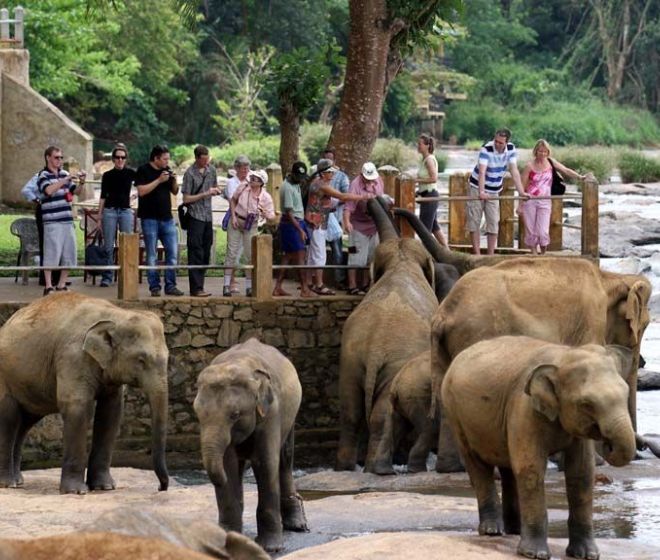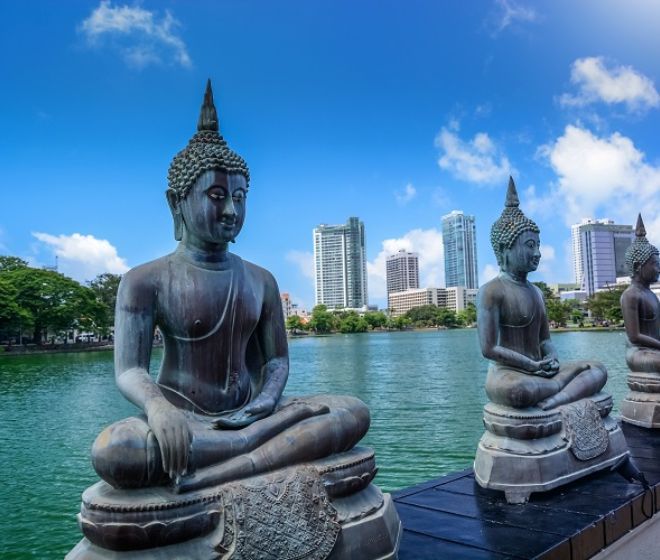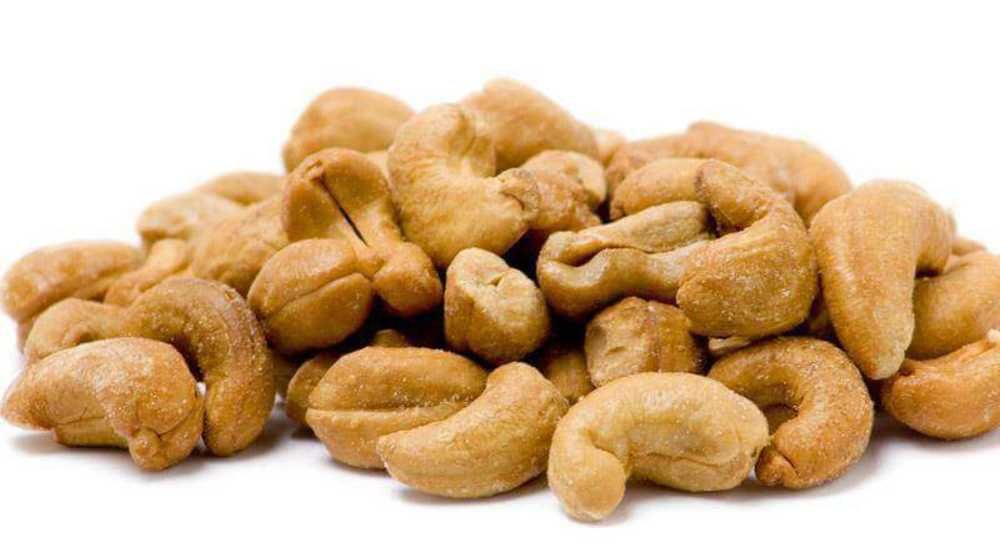
Sri Lanka Cashew Industry
Cashew, the evergreen tropical tree has become a cash crop today. But it has never produced easy money for anyone. It’s believed that cashew orchards first originated in Brazil. From the 16th century, Portuguese sailors moved South American plants around the world, introducing their native fruits and nuts to people in Malacca and East Africa. Cashew cultivation entails a lot of risks. The shelling process is laborious and time-consuming. Cashew season in Sri Lanka begins in March and continues through April. The vendors in Bataleeya get their nuts from Wariyapola, Wanathawillu, Wewagama, Giriulla, Kuliyapitiya, Puttalam, Ampara, Mahiyangana, Galgamuwa, Galewela and villages in the Eastern Province.
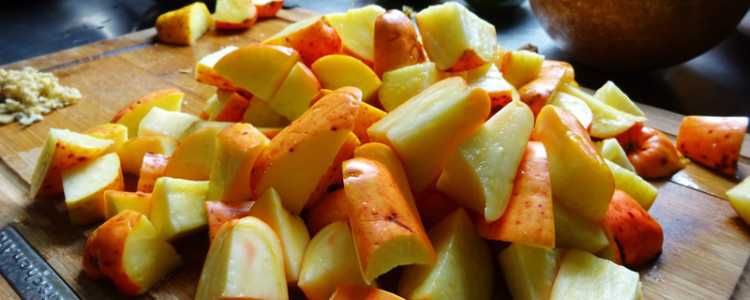
The nuts are consumed as edible snacks and being sold as expensive value-added products ranging from raw, roasted, spiced and fried kernels. The global cashew economy is booming and Sri Lanka has to compete with some of the largest cashew exporters in the world including Africa, Brazil, Vietnam, and neighbouring India. While the cashew economy has a positive macroeconomic impact on our local industry, the prosperous years are coming to an end due to many weaknesses. Even though Sri Lanka is endowed with fertile soils, abundant water and a climate favourable for cashew cultivation, over the last three years, production has dropped significantly.

